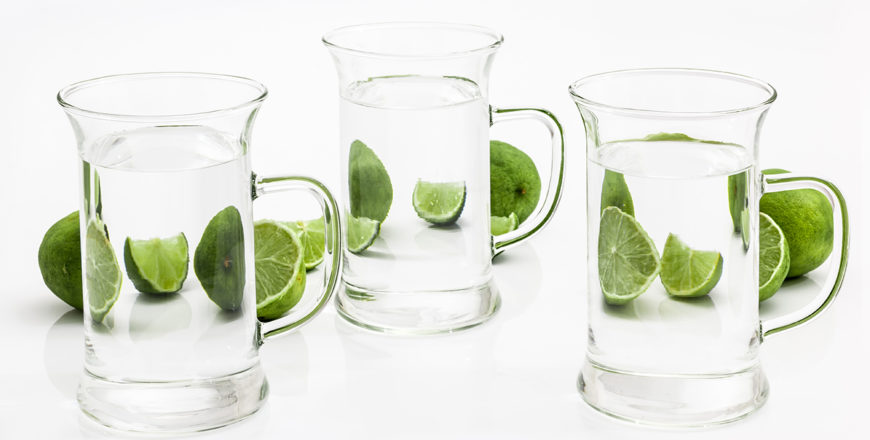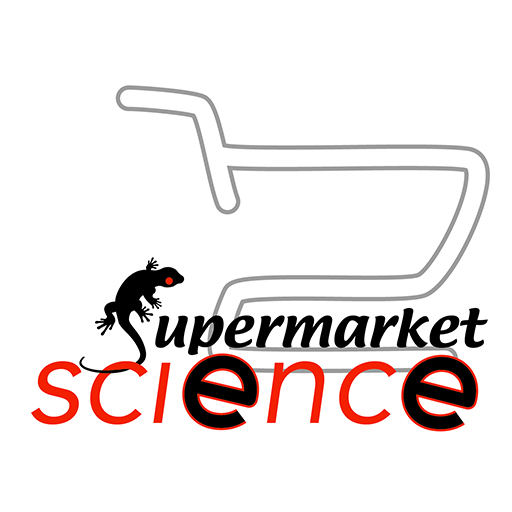Optics

Supermarket Science Materials are organized into thematically linked sets with experiments and activities as well as background information that makes them easier to do. There are also a bunch of simple, fun art and writing projects. All of the activities can be done alone or in conjunction with other project sets. Choose activities that are developmentally appropriate for your children.
All Supermarket Science Materials are primarily geared toward students in elementary and secondary schools, as well as their parents and teachers, but can be expanded to higher grades. The activities are designed to advance the understanding of concepts of biology, ecology, geology, and sociology based on local resources like a backyard or a local grocery store. All of the materials in this set and others link the Core Curriculum Standards. Use these Standards to focus the activities to a particular grade level.
There are also LEARN, SHOW, USE, DO, and TEACH pages. LEARN pages are designed to be printed out and given to the kids. They contain explanations, stories, or diagrams. SHOW pages usually present interesting photographs or illustrations that demonstrate specific concepts. USE pages are created as supplemental materials for the activities and experiments. Animal Cards and Map Cards are examples of USE pages. And finally, the DO pages contain the actual activities and experiments—please print as many copies as you need and give them to your children. Please use the back of these pages as scrap and add additional pages as needed.
On some pages, there are icons of animals. For example, an activity about elephants might have an elephant icon next to it. These icons can be used as keys to link information between all of the Supermarket Science Materials.
Most DO pages have a What You Need list of items in the margin under the title of the activity. This is a quick reminder for what children should have while doing the activity. It might look something like a list on the right: Animal Stamps pages, Animal Cards pages, research books, pencil, scissors, glue, etc.
Some of the activities use of cards from the Supermarket Science Cards or Stamps USE pages. Creating taxonomies is part of the scientific process. Card games and activities allow kids an opportunity to practice this skill.
Optics is the science of properties of light and how it travels in different mediums. We have a lot of intuitive ideas about optics, even if we don’t realize we do. We know that glasses help people see distant objects better or improve close-up vision. Binoculars and telescopes do the same. Microscopes and magnifying glasses make things look bigger. Mirrors bounce images back at us. Even our eyes have a lens to focus incoming light. Unfortunately, not all of our intuitions on this subject are accurate. Please read the TEACH and LEARN pages carefully. Check if some ideas are in conflict with your beliefs. Identifying misconceptions is a step on the road to discovery. And remember, there are as many ways of learning as there are people doing it. We encourage you to come up with other ways of explaining colors and light. Think of these activities as inspirational examples, jumping off points.
Main Ideas
Optics
- Optics is the study of properties of electromagnetic waves (light) as they travel through and interact with different objects and materials.
- Geometry is one of the main tools of examining and predicting the path of an electromagnetic wave.
- We can use Ray Tracing to figure out how things look when they get reflected in a mirror or refracted through substances of different densities. (This is easier than it seems.)
- Humans and other animals evolved special organs to be able to take in visual information—eyes! And what our eyes see is not the same as the visual information our brain prepares for us.
Special Note
Supermarket Silence has a course on electromagnetism. It might be a good idea to do both at the same time. Both of these courses are aimed at children who are reaching the end of their middle school educational careers and they are easily appropriate for high school students. This is not to say that younger kids should not attempt to play with the concepts presented in these materials. Different kids learn at different rates, and what bores one child might excite another. Give your kids a chance to try something difficult. You might be surprised by what they might accomplish.
We are all familiar with our reflection in different objects: pots and pans, car hoods, puddles of water. The smoother the reflecting surface, the better the reflection. Humans have been perfecting mirrors for thousands of years—we’ve always been interested in the way we look.
But how does reflection work?
Put a pencil in a full glass of water. Do you see how the pencil appears to bend? Have you ever spied a pretty shell in the water only to find, when you reached down and tried to grab it, that it was a lot deeper than it looked?
What’s going on?
The human eye is a complex optical instrument. It’s far more sensitive, responsive, and compact than any mechanical optical device yet built by humans. There’s an optical part to the eye that intercepts incoming light and focuses an image onto the retina. And there’s a neurological part which processes that optical image into nerve impulses which are then sent to the brain for analysis. That’s how we see.
A short video by AniMed on the anatomy of the human eye.
